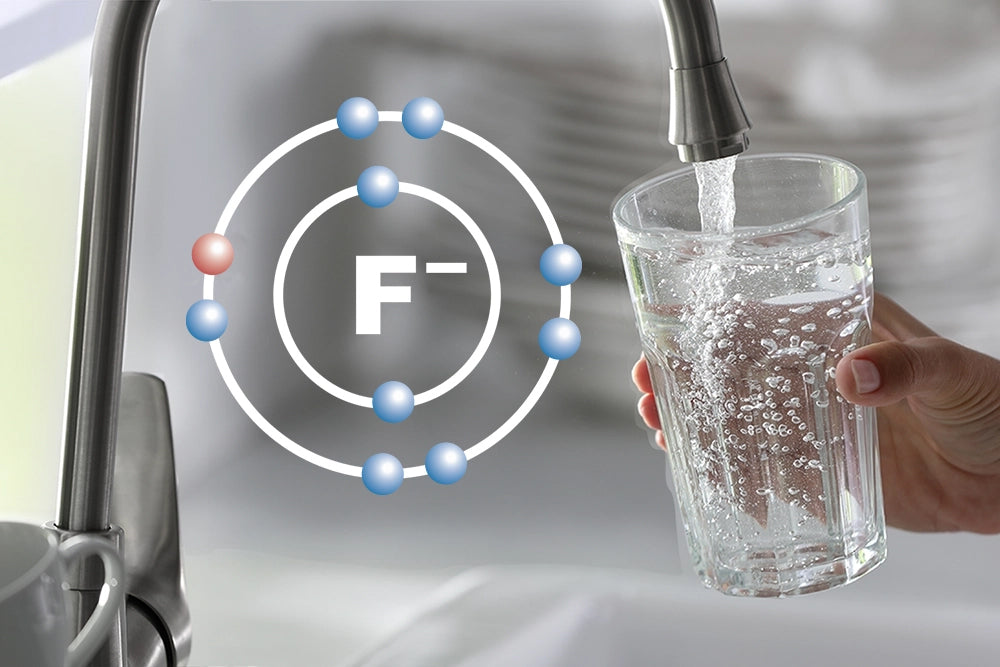How Does The Best Fluoride Filter Transform Your Water Quality? How Does The Best Fluoride Filter Transform Your Water Quality?

Most water sources contain fluoride, which can have varying effects on your health. While small amounts of fluoride can be beneficial for dental health, excessive exposure may lead to negative health outcomes. Utilizing the best fluoride filter can significantly improve your water quality, transforming your drinking and cooking experiences. Here’s how you can achieve this in your home. as well as
The first step in transforming your water quality is understanding how fluoride filters work. Most filters use a combination of technologies, including activated alumina, reverse osmosis, or specific adsorption methods to remove fluoride from your water supply. When you choose a fluoride filter, it’s crucial to look for one that has been certified to reduce fluoride levels effectively, ensuring you receive the clean, safe water you deserve.
After selecting the best fluoride filter, installation is the next step. Many filters are designed for easy installation, allowing you to set them up without professional help. You can either opt for a point-of-use system that attaches directly to your tap or a whole-house system that treats water at the source. Whichever option you choose, follow the manufacturer’s guidelines to ensure optimal setup.
Once installed, your water’s taste and odor will see noticeable improvements. One of the significant benefits of using a fluoride filter is the enhanced flavor of your water. Chances are you may have noticed a slight chemical taste or smell correlated with fluoride presence. By filtering it out, you enhance the overall palatability of your daily hydration and cooking experiences.
Furthermore, the best fluoride filters not only reduce fluoride but also other harmful contaminants that may be present in your water. As a result, you enjoy cleaner and safer water for drinking, preparing meals, and even bathing. This multi-faceted approach contributes to your overall well-being and may help protect against potential health risks associated with consuming contaminated water. Source: SoftPro Bone Char Carbon Water Filter for Fluoride
Incorporating a fluoride filter into your routine allows you to take charge of your family’s health. Regularly using filtered water can lead to improved hydration habits, especially for children who might be more susceptible to adverse effects of fluoride. With your water quality improved, you can instill better hydration practices in your family’s lifestyle.
To ensure your fluoride filter continues to perform optimally, you should also keep an eye on maintenance. Filters have varying lifespans, and it’s crucial to replace them according to the manufacturer’s recommendations. Always monitor the functionality of your filter, and be aware of any changes in water taste or performance, signaling a necessary replacement.
As a final point, using the best fluoride filter can substantially enhance your water quality from flavor to safety. By investing in this crucial home appliance, you’re not just making a choice for better drinking water; you’re actively contributing to your family’s health and well-being. Make the switch today and experience the transformative benefits of cleaner, fluoride-free water in your home.
How Does The Best Fluoride Filter Transform Your Water Quality?
There’s a significant difference between drinking tap water and enjoying water that is purified effectively with a high-quality fluoride filter. Many households are turning to these filters to ensure the water they consume is not only clean but also safe. Here’s how the best fluoride filter can transform your water quality, enhancing your health and overall well-being.
The primary purpose of a fluoride filter is to remove fluoride, a compound often added to municipal water supplies to help prevent tooth decay. While this may benefit dental health to some degree, excessive fluoride ingestion can lead to health problems and dental issues such as fluorosis. By using a fluoride filter, you can take control of the fluoride levels in your drinking water, ensuring it’s at a safe level. what water filter remove fluoride
You should assess the source of your water. Many municipal water systems do contain fluoride, so installing the best fluoride filter can be an effective way to combat this. These filters can drastically change your water by effectively removing unwanted contaminants, significantly improving taste and odor. Imagine enjoying pure, crisp water free from any strange aftertastes or smells!

